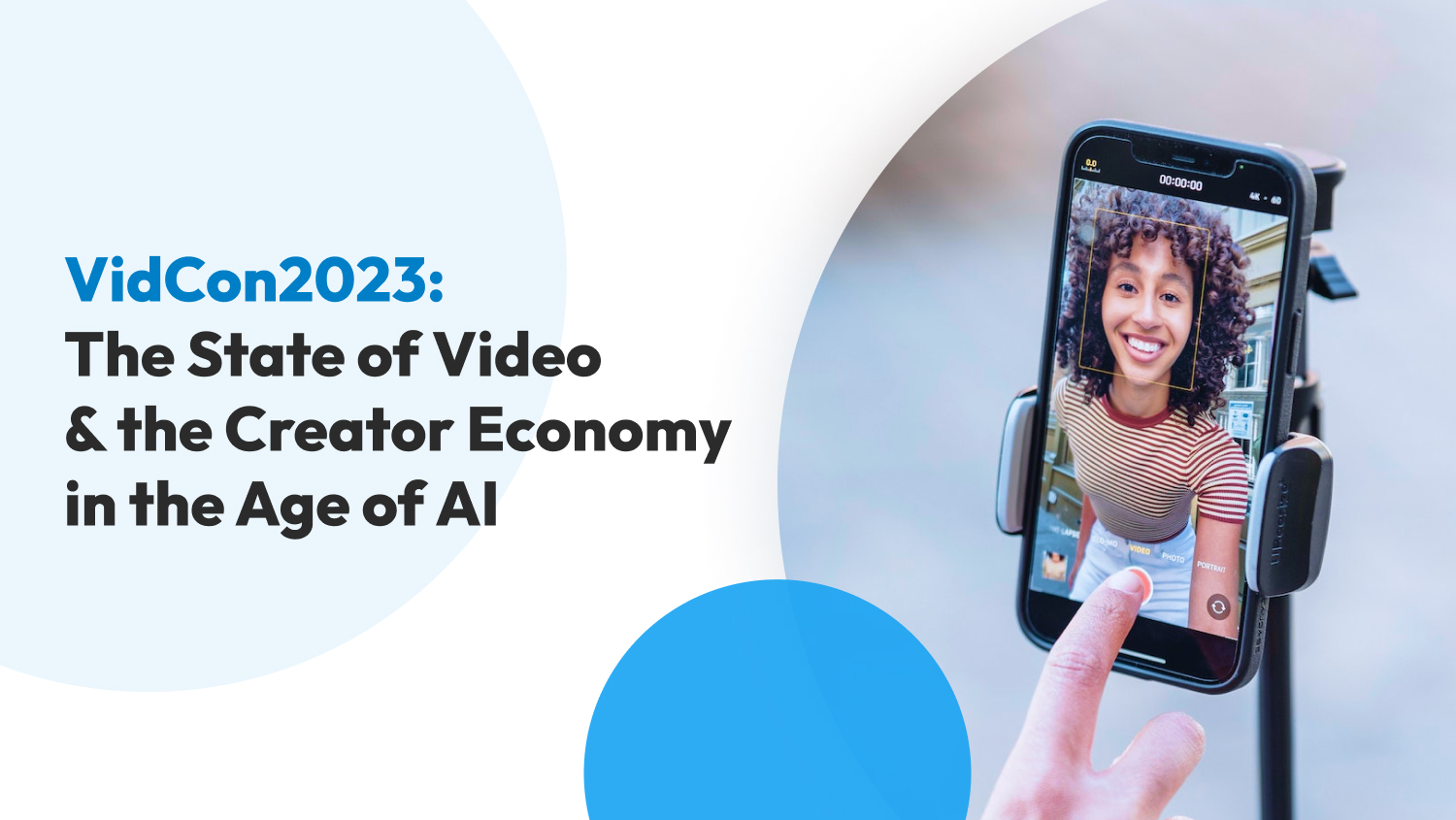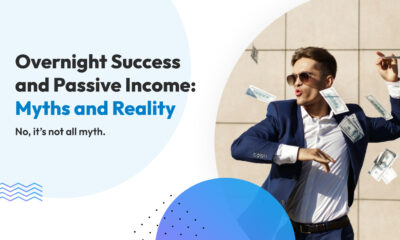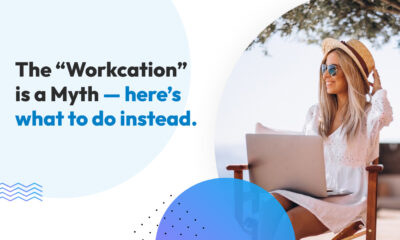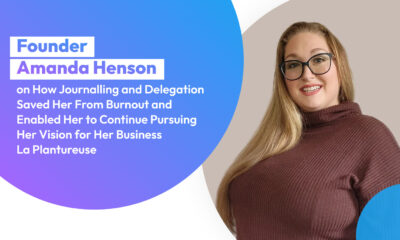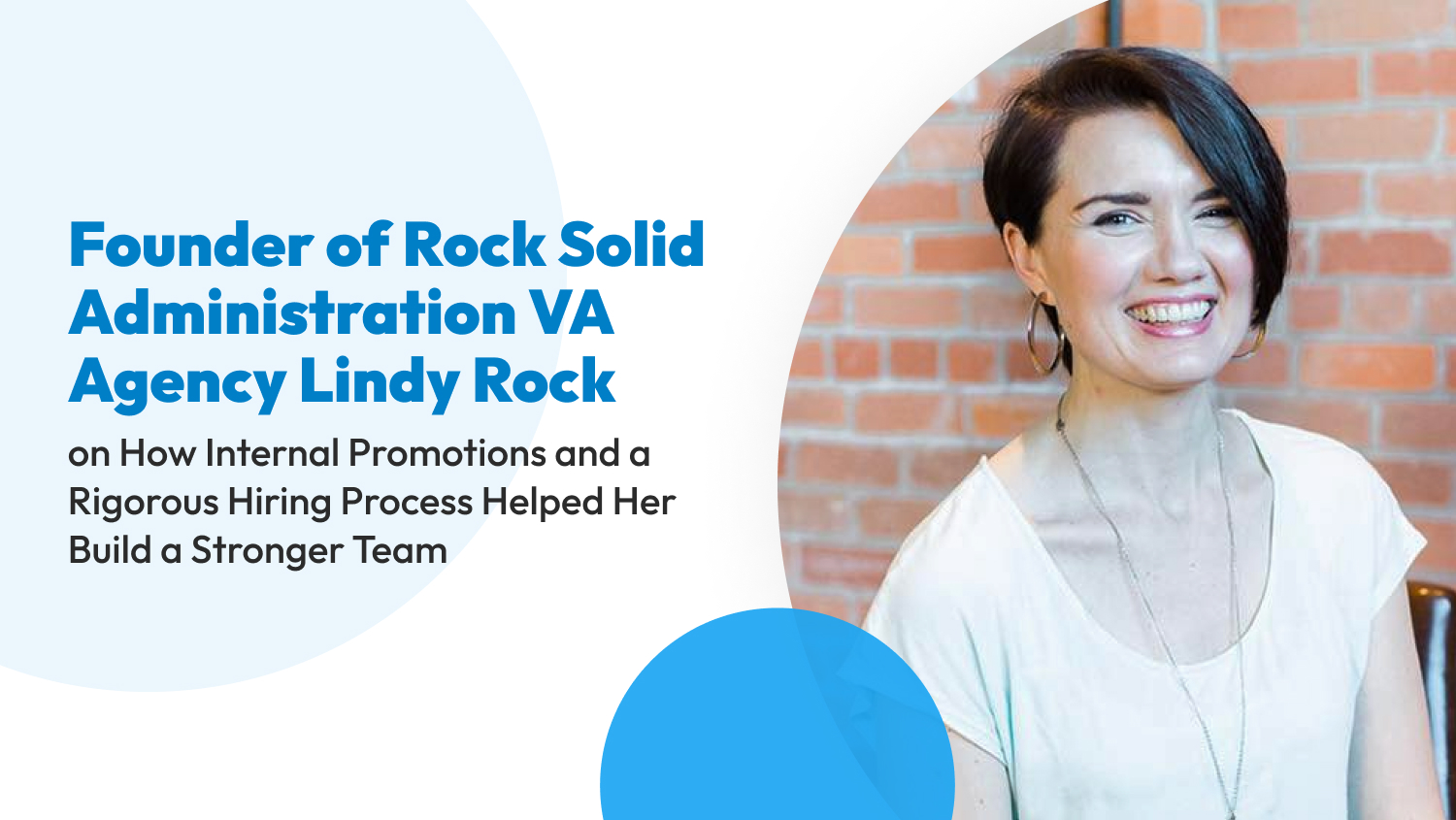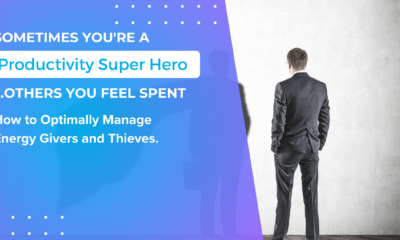Business
VidCon2023: The State of Video & the Creator Economy in the Age of AI
Takeaways For Creator-Entrepreneurs & Business Owners
Vidcon Anaheim 2023 was overwhelmingly colored by an unsurprising theme – AI – but there were some quite surprising takeaways this year as well. In this write-up, we cover what Creator-Entrepreneurs and Business Owners need to know to succeed in an age where YouTube is becoming synonymous with TV, Social Media is fundamentally affecting our brains, and how AI relates to it all.
Long-form Content vs. Short-Form Content
It seems like short-form is truly taking over, which isn’t entirely inaccurate. YouTube, still the largest player in the creator economy thanks to its more generous revenue split with creators, has solidified that short-form video is here to stay by doubling down on Shorts.
However, according to Dr. Alok Kanojia, there’s still a fundamental desire by the human brain for long-form content (podcasts, blogs, etc.). “How do you feel after scrolling for hours on TikTok?” he asked as part of his VidCon presentation, Brain 3.0. The room laughed because the answer was obvious – bad. He went on, “How do you feel when you finish a podcast driving somewhere?” Of course, we feel good, and productive, like we made use of an otherwise unproductive experience, like being stuck in traffic, to better ourselves.
So does that mean short-form = bad and long-form = good? Not at all. Overwhelmingly, multiple sessions proved repeatedly that the answer is that both are necessary and desired. Short-form content is what we pull up when we’re in line at the bank but a documentary YouTube video will be bookmarked to watch with the family on TV at home.
Previously, long-form video still had to be consumed on a computer but now, watching YouTube on TV is becoming increasingly common, so common that the question was asked – does this mean TV is dead? Will creators save TV?
If you’re making good long-form content (blog, video, podcast), you don’t need to throw it away to start dancing on TikTok, but taking clips or creating new content that discusses the same topics to reach your audience in line at the bank is an opportunity to create more “mind share”, in other words, occupy more space in your customer’s or audience’s brain – more time spent on you and your content.
Sound like too much work? AI’s got your back. The apps in the long-form → short-form space are absolutely exploding. Kajabi was everpresent mentioning their new AI functionalities including automations to take a long course and turn it into a short course that could become a free lead-generation mechanism. Apps are popping up like Chopcast that automatically chop up a long video into short-form videos.
If you’re primarily making short-form content, there’s a lot of opportunity to create long-form content someone can consume on a drive or on their TV.
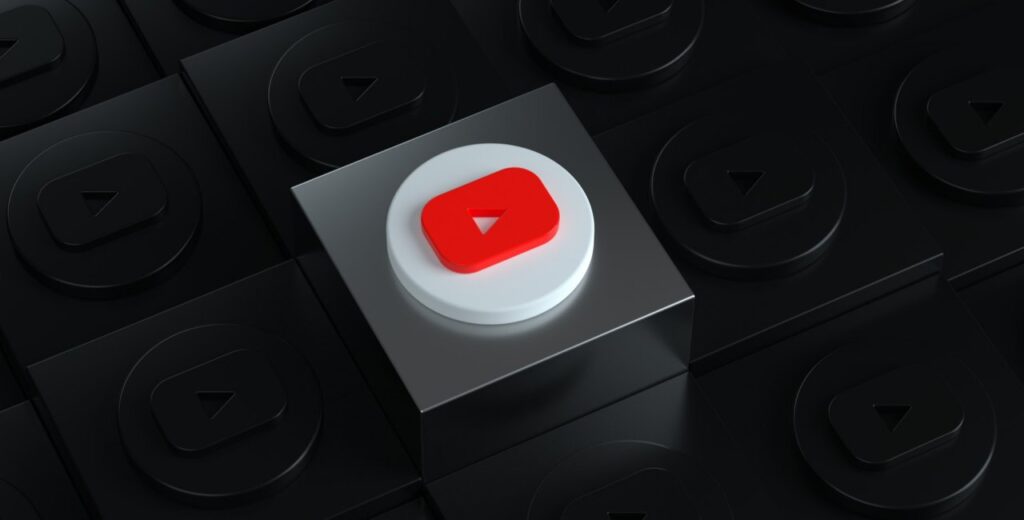
YouTube’s New Features
YouTube has become so much more than a place to learn how to fix a toilet or use a feature on your favorite app. It has solidified itself as a player in the TV arena. Increasingly, people are watching YouTube on their TV and when asked about TV, Rich Greenfield mentioned that if his 13-year-old daughter were sitting there, she’d tell you that “creators already are television.” That’s a powerful lens into the future.
YouTube discussed two new major features being rolled out. The first is the long-awaited ability to A/B test thumbnails. The demo that we saw allowed up to three options. The second was their language feature. They are rolling out the ability to automatically dub your videos in a new language leveraging AI. This could be massive for creators, business owners, and those actively in the globalization and localization industries. More on that below. But first, let’s dig into this “YouTube becomes TV” phenomenon.
Creators Are TV – What This Means if You’re a Business
Not only is YouTube becoming TV, people are spending increasing amounts of time on social media and that spans beyond even video. This shows no signs of slowing. Not too long ago, YouTube was nowhere near a player in the television space and now it’s built into many smart TVs and devices.
Perhaps if you’re a business owner you don’t consider this something that affects you, but we’ll present two brief case studies you might find relevant.
Case Study 1: Enes Yilmazer. In January of 2021, Yilmazer posted this video entitled “I Quit” where he explains he’s quitting real estate in Southern California (!) to become a full-time creator. SoCal is not a low-yield market by any means so this is a really interesting move. It should also give all business owners pause because he started his creator journey with the purpose of marketing his real estate business and yet he shifted his entire business to becoming a creator. Even if you own a business and don’t plan to become a creator, it’s interesting to see that there’s this level of opportunity either to market your own business or for your marketing to pay for itself as a creator endeavor.
Case Study 2: Martina Russo. We would be willing to bet you haven’t heard of her unless you are in her industry, but Russo has 28,000 followers on LinkedIn. This might sound very small compared to other general B2B influencers like Tim Ferriss who has over 2 million followers. But, Russo’s the CEO of The Action Sports Translator, a company specializing in translation and localization specifically for the action sports industry. Talk about a niche within a niche! And she’s still in the tens of thousands of followers. And let’s remember, while she’s clearly become a micro-influence, her money comes from The Action Sports Translator, not sponsorships, meaning she doesn’t necessarily need even close to this level to be making a difference in her company’s bottom line.
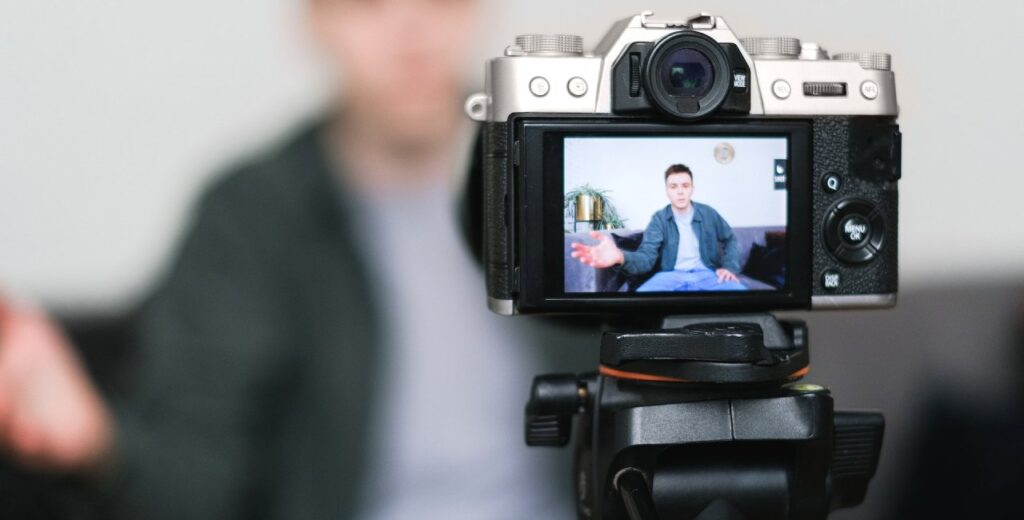
You Might Be Overly Salesy Without Realizing It – Empathy vs. Positivity
We all know that our social media should not be a giant sales pitch, but we also want our audience to “know, like, and trust” us, right? And that “like” piece often morphs into aggressive positivity – even to the point that we now discuss the concept of “toxic positivity” when it comes to social media. This is actually very much at odds with authentic connection with that same audience. Dr. Alok Kanojia, MD MPH, in his Brain 3.0 VidCon presentation explained why this is turning off customers.
Mental health is declining at an alarming rate and there are not even close to enough mental health professionals to handle this. Moreover, the younger generation has increasingly grown up in an environment that teaches them “If you aren’t enjoying consuming X, you have endless other options, so stop and move on.” This differs significantly from previous generations who grew up watching television when we were forced to watch only the shows available at a certain time. If we missed our favorite show, too bad for us. This meant if we did not like the few shows available, we just accepted the lack of entertainment. Our brains are being increasingly rewired, according to Dr. Kanojia, to continuously seek pleasure elsewhere and have a lower tolerance for content that doesn’t hook us immediately with the rise of short-form video. Moreover, adults are increasingly accustomed to looking at ourselves through Zoom filters all day and then we’re faced with the imperfections of reality when we glance up in the bathroom mirror, further leading to mental health decline and body image issues.
Alright – mental health is declining. What does that have to do with what we as creator-entrepreneurs or business owners post on social media? A lot, says Dr. Kanojia.
In his presentation, he helped us understand why this matters so much by sharing how psychologists are trained to react when faced with a suicidal patient. The prescribed response is supposed to be something like “It sounds like you have a lot of reasons to want to kill yourself. Can you tell me about them?” Cue shock and surprise in the faces of everyone in the audience. Most of us admitted we would say something like “What! You have so much to live for!” And potentially start trying to sell that person on living. Dr. Kanojia says this method doesn’t work because the common response from someone who is actively suicidal is not “oh, you’re so right, never mind, let’s go get ice cream,” it’s “You just don’t understand.” And now the person feels even more alone and alienated than they felt when they admitted their desire to end their life. On the flip side, the same person feels understood by the psychologist and begins opening up about what is going on in their lives. He also explained the number one reason people do, in fact, end their lives is a feeling of being alone. Divorces, job loss, etc. The person feels that they are trying to participate in life/be a part of something…and the door is being shut in their face.
So how do you connect with your audience knowing these factors? Empathy, says Dr. Kanojia. When speaking to an audience that includes individuals who are increasingly likely to suffer from decreased mental health, and increasingly short attention spans (think ADD level) combined with a lower and lower opinion of themselves, throwing overwhelming positivity at them is alienating not endearing. Instead, he said, bring people into your content with empathy. Lead with where they are today.
Owning Your Audience & Newsletters
Once again, the topic of owning your audience was a common thread across multiple presentations. We wrote about this in our VidCon write-up last year too but this year, we were in a presentation on the rise of the B2B influencer, and one of the panelists, James Creech, had an interesting take from his personal experience.
He originally started his newsletter on Linkedin and it grew faster and better than he imagined, but now he regrets the platform choice because he did not own the audience that he built – LinkedIn did. So he’s now moved to Beehiiv and Substack but it has been a process to convince LinkedIn readers to sign up a second time on his other “owned” platforms. Both Beehiiv and Substack allow you to own your audience so you can export your list at any time and move to another platform and carry on.
LinkedIn has built-in distribution which is part of the draw but, while perhaps not quite to the level of LinkedIn, Beehiiv and Substack both also have referral-based distribution programs. He also mentioned that he loves Beehiiv but also puts his newsletter out on Substack just because they have different distribution mechanisms and so sending it on both allows him to leverage both platforms’ distribution channels.
B2B Influencers and LinkedIn
This brings us to B2B influencers and Linkedin in general – an area that the B2B influencer panel said we should all take note of. There are some large influencers in this space, but interestingly, because we’re talking B2B, even micro-influencers can and do enjoy financial success through content creation due to the nature of the space. Being visible in this way creates opportunities for not just advertising and sponsorships but also “referrals”. In this conversation, “referrals” was defined as, basically, affiliate marketing on steroids. Instead of maybe tens or hundreds of dollars for an affiliate click, in the example provided, the deal itself could be worth tens of thousands or more and an “affiliate” or “commission” on something like that, would be worth quite a bit more than a payout per impression or click. And because of building up an audience through becoming a B2B influencer, people like panelist Avi Gandhi (13,000 followers on LinkedIn) are doing quite well leveraging these opportunities.
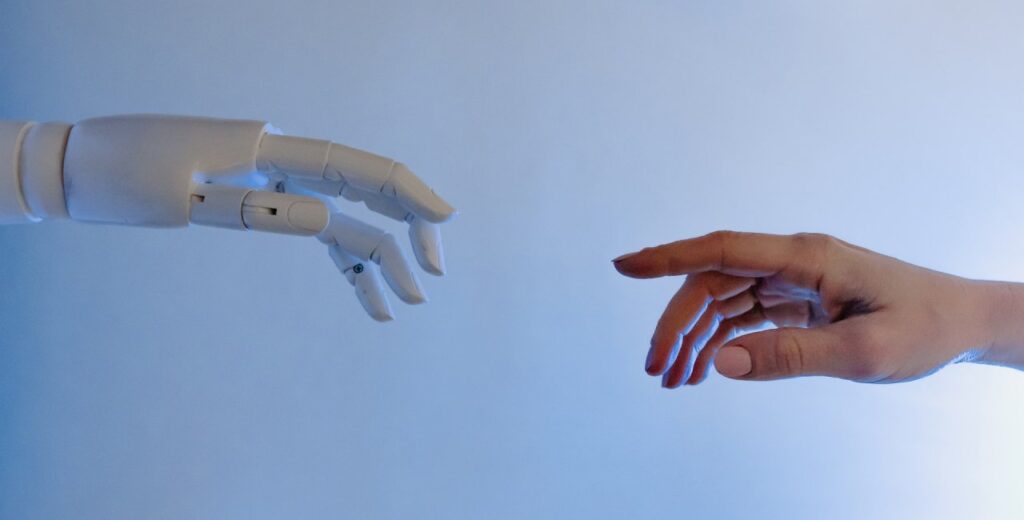
Globalization & Translation (AI vs. Human)
Not only was AI a focus for repurposing long-form to short-form content and many other uses, but globalization and AI was a HUGE topic as well. Soon (and in some cases) today, you will be able to click a button for your video to be available in whatever languages you choose – and we’re not talking subtitles, we’re talking actual overdubs of your videos through the use of AI translation and AI voices. Sounds amazing, right?
Now for some prediction. In fact, we have a fairly extensive background in translation, having spent over a decade in the translation industry and seen the rise of Google Translate, Deepl, and a variety of machine-supported translation options. Just like everything that has come before what we are now terming AI, we predict that there will be a range of quality from poorly automated (ever tried to read a Japanese website Google translated into English?) to professionally translated and professional voice actors. Mr. Beast is one of the big successes that has leveraged the professional option successfully.
But, we predict that the AI version, while it might not start out perfect, it will start opening the door just as Google Translate did. For example, it may never have occurred to you to watch or get hooked on videos from a creator in another country, but as this becomes more commonplace, we may start focusing more on the type of content, presentation, person, and personality of the creator vs. the language that person speaks natively. This could be an interesting new world. The same thing has happened with Google Translate in that people feel increasingly empowered to book reservations on a website where they don’t speak the language even if what they are reading isn’t flawless. Good enough, is, well, good enough.
Moreover, AI voices are getting better significantly faster than AI translation so we also expect to see a middle ground where creators choose to pay for human translation but then leverage AI voice to overdub. This would actually lead to a far greater quality of overdub because so many YouTube videos use a level of human-based understanding and connection with their audience that an AI is going to continue (at least for the next bit) to have difficulty translating in a way that grabs the audience in the other language just as well as the original.
Wrap Up
No one can deny the transformative role of AI in the creator economy but the rise of B2B influencers, and the importance of empathy in content creation were just a couple of the important trends to absolutely keep an eye on. The event highlighted the coexistence of short-form and long-form content too and emphasized that long-form is absolutely not dead – they each just serve different audience needs.
As business owners, the emergence of B2B influencers, especially on platforms like LinkedIn, underscores the potential of content creation as a viable business strategy with a lot of avenues beyond advertising. The role of AI in globalization and translation could also open up new markets for creators and businesses alike. However, the quality of AI translation and voice-over is something to track so you know when the right time is to jump on that train without damaging your brand. Lastly, the discussion of empathy over positivity in content creation was a great reminder that authentic connection with the audience is key to success in the creator economy – and try as we might, we might all have some work to do in this area.


